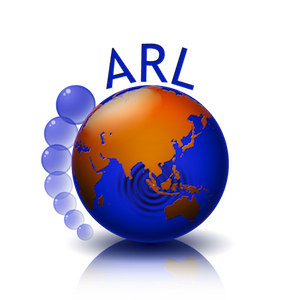Coastal waters and fresh water bodies are complex environments that are highly variable over space and time. This makes spatio-temporal monitoring essential to understand and protect these environments. Unmanned systems such as autonomous underwater vehicles (AUVs), unmanned surface vehicles (USVs), and ocean observatory buoys are state-of-the-art assets for spatio-temporal monitoring. Nevertheless they are often too complex, expensive and logistically demanding to be engaged in persistent monitoring of a large area. We believe that cost-effective sensing should rely on simple unattended autonomous platforms that work collaboratively to sense the environment, provide realtime data, and allow interactive mission control. We developed the NUSwan sensing network based on this vision, and testbedded the technology in collaboration with the Public Utility Board (PUB) of Singapore and the NUS Environmental Research Institute (NERI). The technology is now commercially available through Subnero.
The NUSwan network typically consists of a fleet of minimally propelled robots geared for near-persistent environmental monitoring in littoral waters and in-land water bodies. For simplicity and cost-effectiveness, the vehicles are designed to spend most of their time surveying on the surface and to perform profiling only at locations of interest. We are working to minimize the need for propulsion by taking advantage of natural motion due to water current and wind in order to increase their operational endurance, and to coordinate multiple robots to adaptively sense and sample to provide a holistic picture of water quality.


